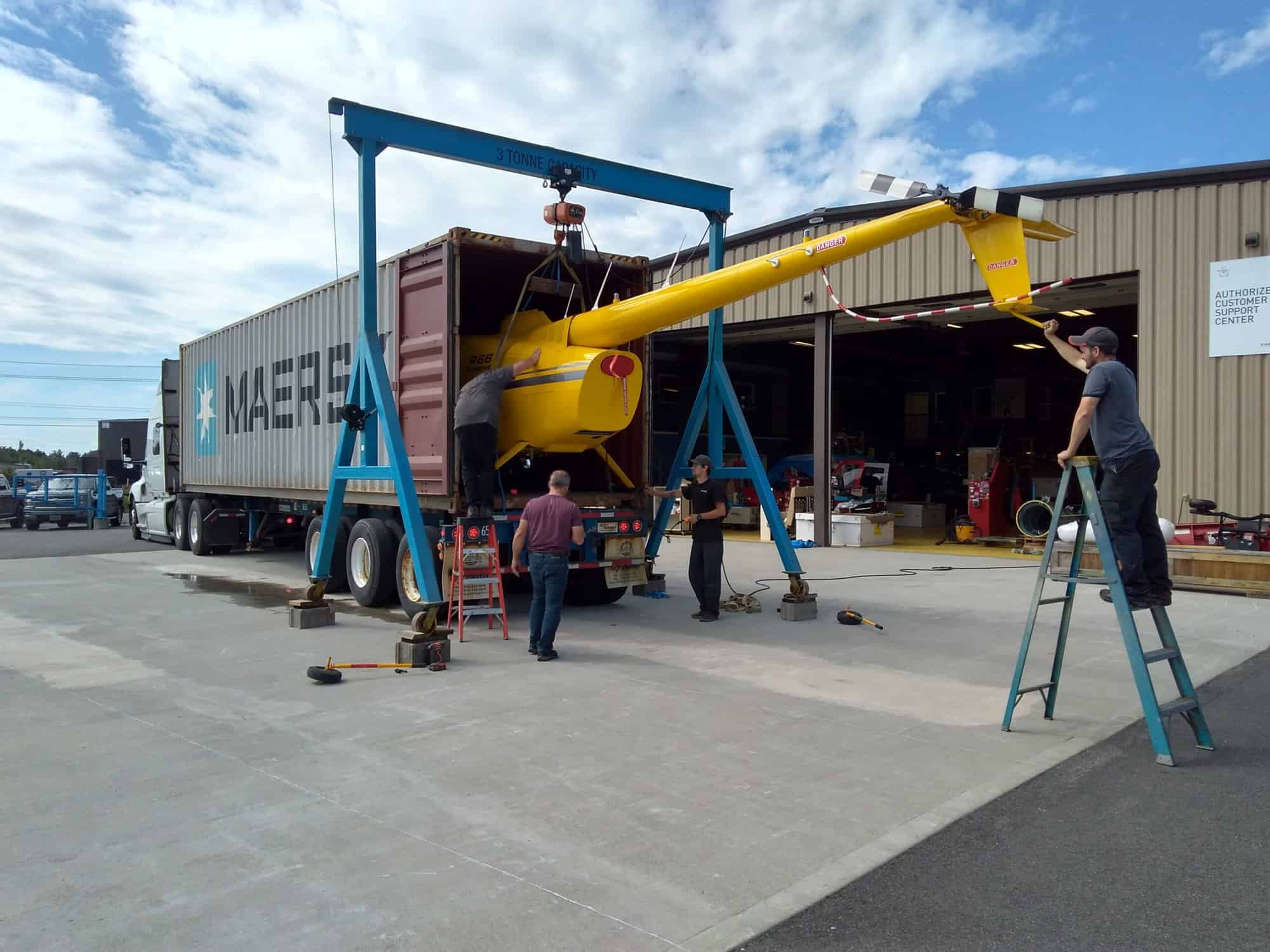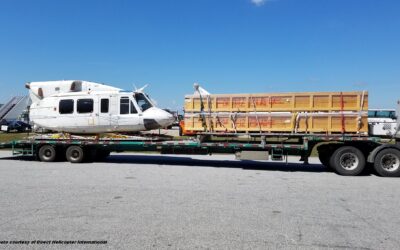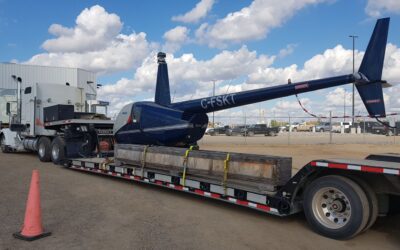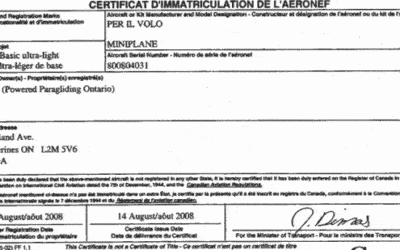Aircraft Import Process – Part III
by Glenn Graham
Let’s get right back into the Aircraft Import Process!
After your C of R Application is completed next you will have to show that your aircraft conforms to the approved Type Design. Two methods to show conformity is either through an Airworthiness Inspection or obtaining an Export Airworthiness Certificate (EAC) from the foreign civil aviation authority. If you decide to get the EAC from the civil aviation authority it will be much easier if they have a Bilateral Airworthiness Agreement with Canada. If not, you may be better off choosing an Airworthiness Inspection and it has been my experience that the Airworthiness Inspection is more common.
If you have not already contacted an AMO this would be a good time. Ensure the AMO is “Rated” for the type of aircraft you are importing and they will have to complete the Airworthiness Inspection. A licensed AME from the AMO is required to certify that the aircraft conforms to the type design and the aircraft is fit for flight on the Certificate of Airworthiness Application (Form# 24-0043). Once the C of A Application is signed off and the aircraft is in a ready to fly state, it will be time for the MD-M to complete his review.
What can you expect during the MD-M’s review? Simply, he/she will review the MSI 26 and compare it to the aircrafts technical record to ensure all requirements have been met. He/she will perform a visual inspection of the aircraft verifying the engine, propeller, components and airframe serial numbers. The engine, propeller and airframe will be reviewed against the Type Certificate Data Sheet and there will be an inspection of any obvious modifications and/or repairs. If the MD-M finds any paperwork or aircraft discrepancies; he/she will record them and provide a list to you. You will need to rectify the discrepancies prior to the MD-M issuing the flight authority. The MD-M will provide Transport Canada with copies of the import documents for their records. Make sure you retain all the original import documents with the aircraft technical records. Complete and well maintained technical records will add value down the road.
Now that you know the Import Process, a question that needs to be answered is “How do I get the aircraft back to Canada so I can complete the Import?” And there are several answers to that question.
First; assuming the aircraft is in the United States, have the Registration cancelled and obtain a Flight Permit (Form# 24-0044) from Transport Canada and fly the aircraft back home under the flight permit. Two; if you have a US Pilots License you could fly it under the “N” number back into Canada. Three; hire a company like Direct Helicopter International and have the aircraft disassembled and shipped to your home location. Don’t let their name fool you; they have shipped fixed wing aircraft as well.
Purchasing and importing aircraft outside of Canada is not as difficult as one may think and as seen through this three part article, pre-planning on your part will go a long way. Just like any new project, when you work with the right tools, the job becomes much easier. When you work with Graham Aviation Sales, you are working with an Aviation Consultant not just a broker and we can facilitate your aircraft sale or purchase, shipping and import, no matter the location.
If you are in the market to Sell or Buy an aircraft, contact us through our website or telephone me directly at 1-(705) 923-1552. We are here to help!




